Meet the Iowa Architect Documenting Every Slave House Still Standing
Jobie Hill has visited 700 former residences. Many have been abandoned. Some have become storage space. Others are B&Bs.
The current residents of the historic Mount Zion home in Warren County, Virginia, were rifling through the attic of their garage when they found a yellowed fragment of paper. It was the corner of a larger document, soiled by mold, water, and time. But the snaking cursive writing on it was still legible. It was the bill of sale for an enslaved girl named Chalotte (more likely Charlotte, with the letter “r” long faded away).
The discovery of the bill in the garage was both extraordinary and unsurprising. Because long before the building was a garage, it was the home of enslaved African Americans.
In 2017, the residents shared Charlotte’s bill of sale and one other—denoting an unnamed man who was sold for $650—with Jobie Hill, a preservation architect from Iowa City. Hill had come to Mount Zion to do fieldwork for her project Saving Slave Houses, hoping to document the condition of the Mount Zion garage to see how much of the building’s history has been preserved.
Since 2012, Hill has surveyed hundreds of structures that she believes once served as a home to enslaved African Americans. More often than not, the buildings bear no visible trace of their past; many have been converted into garages, offices, or sometimes—unnervingly—bed-and-breakfasts. In some cases the structures have fallen into ruin or vanished entirely, leaving behind a depression in the ground.
Hill is determined to build a first-of-its-kind database that honors and preserves these spaces in more than memory, and to unite the houses with the stories of people who once inhabited them. As she sees it, such a repository is long overdue. “There has never been a national survey of slave houses, except for the one I’m trying to do,” Hill says.

Scholars who study the horrors of American slavery agree. “Slavery is largely invisible in the [current] Southern landscape, and therefore easy to ignore or forget,” Damian Pargas, a historian from Leiden University who specializes in slavery, writes in an email.
“What Jobie is doing is great, and certainly necessary,” says Joe McGill, the founder of The Slave Dwelling Project, which hosts overnight stays in former slave cabins. “These are buildings history has long overlooked, because they do not make the white male a hero.”
Hill came up with the idea for Saving Slave Houses in 2012, while researching her master’s thesis in preservation architecture. She was a summer intern at the Historic American Buildings Survey (HABS), a federal program established in 1933 to employ architects and draftsmen who had been laid off during the Great Depression.
The survey’s stated purpose was to document the architectural features of historically significant buildings in the United States. But it also recorded 485 slave houses that remained standing across the Antebellum South in the 1930s and ’40s. “It’s the closest thing to a national survey of slave houses that we have,” Hill says.
The HABS survey required that each site be documented with a combination of interior and exterior photographs, precise floor plans and blueprints, and any relevant history of how the building was used in the past.
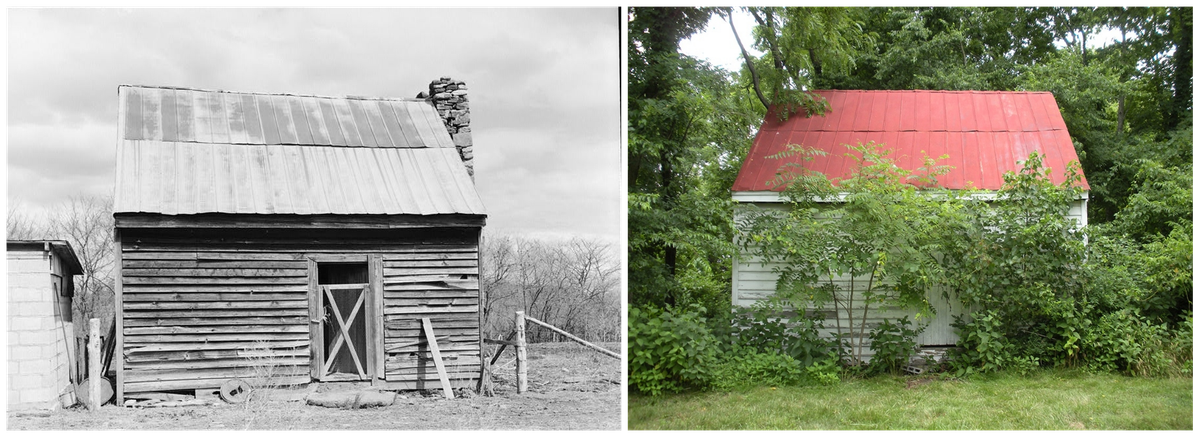
Hill soon realized that this high level of documentation was a prerequisite only for the main houses on plantations, but was rarely present for slave houses. Those structures were often included in the survey unintentionally. “I would see [a slave house] in the background of the picture [of the main house,] because they couldn’t crop it out,” Hill says.
Slave houses were rarely labeled as such, but Hill has found it easy to pick them out from the surveys by observing their small size and location. “And if the building has a fireplace or a chimney, that meant it was used as a living space,” she says, adding that enslaved people often lived in the kitchens where they worked.
The architecture of these buildings varies, from one-room cabins to dormitory-style housing. But the majority of the slave houses documented by HABS were built as notched log cabins, with gaps patched with mud or left open to the air.
To match the slave houses identified in HABS with the people who once lived in them, Hill cross-references the HABS survey with the largest, best-known collection of interviews from formerly enslaved people: the 1936-1938 WPA Slave Narrative Collection—a project that gathered 3,500 narratives from people, 1,010 of whom described their homes.
The interviews paint a grim picture of the cruel and cramped quarters enslaved people were forced to live in. The inside of a slave house was as structurally bleak as the outside, with crude beds made of hay and cord. Conditions were often dangerous: Chimneys, for instance, built of sticks and mud, would fill the unventilated room with smoke, and sometimes catch fire. And the owners of certain plantations, such as Beatrice Manor in the border state of Kentucky, would lock enslaved people inside their houses at night.
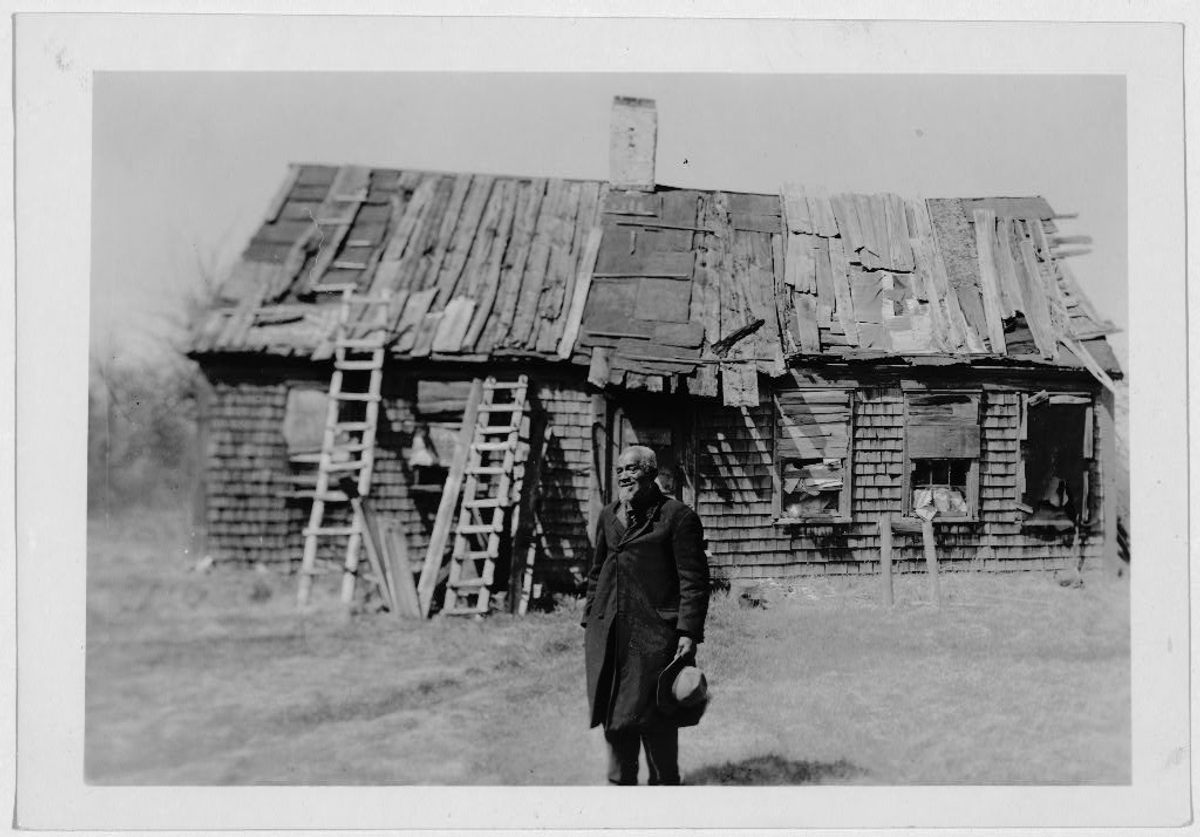
But Hill recognizes these sites as sacred spaces. “It was in domestic life—away from the eyes and whip of the overseer—that captive Africans could attempt to assert the modicum of freedom they still retained,” writes the archaeologist Whitney Battle-Baptiste, referencing an article by the activist, scholar, and writer Angela Davis, in a chapter of Archaeology and Preservation of Gendered Landscapes.
Hill often finds herself fixating on the few deeply human details present in the narratives, such as how enslaved people personalized their homes. Cordelia Thomas, who was enslaved on Andrew Jackson’s plantation in Oconee County, Georgia, described how thin sliding blocks of wood disguised bored-out peepholes, to allow the people inside the house to see visitors without opening the door. Nelson Cameron, who was enslaved on Sam Brice’s plantation in Alabama, remembered how morning glory vines would climb the porch outside his log house and bloom, surrounded by buzzing bees.
Despite the historical gaps of these two chief sources—one an accidental architectural documentation, the other an inconsistent collection of oral histories—Hill says she feels confident that she’s matched five narratives to former slave houses. “It was more than I thought I would find,” she says. “I was hoping to find at least one.”
Hill’s arduous research process—identifying slave houses in archives that often mention them only in passing—is what ultimately inspired her to create the Slave House Database.
“Hill’s project is important,” Vargas says, adding that he believes that extant slave houses should be declared protected heritage sites or national monuments. “Preserving slave cabins … will help make the history of slavery visible to the general public.
Hill’s new mission is to visit every HABs-identified slave house to see if it’s still standing, and if so, how it’s been preserved. Most of the sites recorded in HABS are located on private property, so Hill always writes to the current property owner to explain why she wants to visit. People living in the homes that once belonged to slave-owners often have an idea of what the smaller structures on their property were used for, but seldom know that some enslaved people lived where they worked.
“Oftentimes they’ll write back and say, ‘Oh, we don’t have any slave houses on our site, they’ve all been demolished, but we do have a kitchen,’” Hill says. “And I’ll say, ‘Oh, I’m also interested in the kitchen.’”
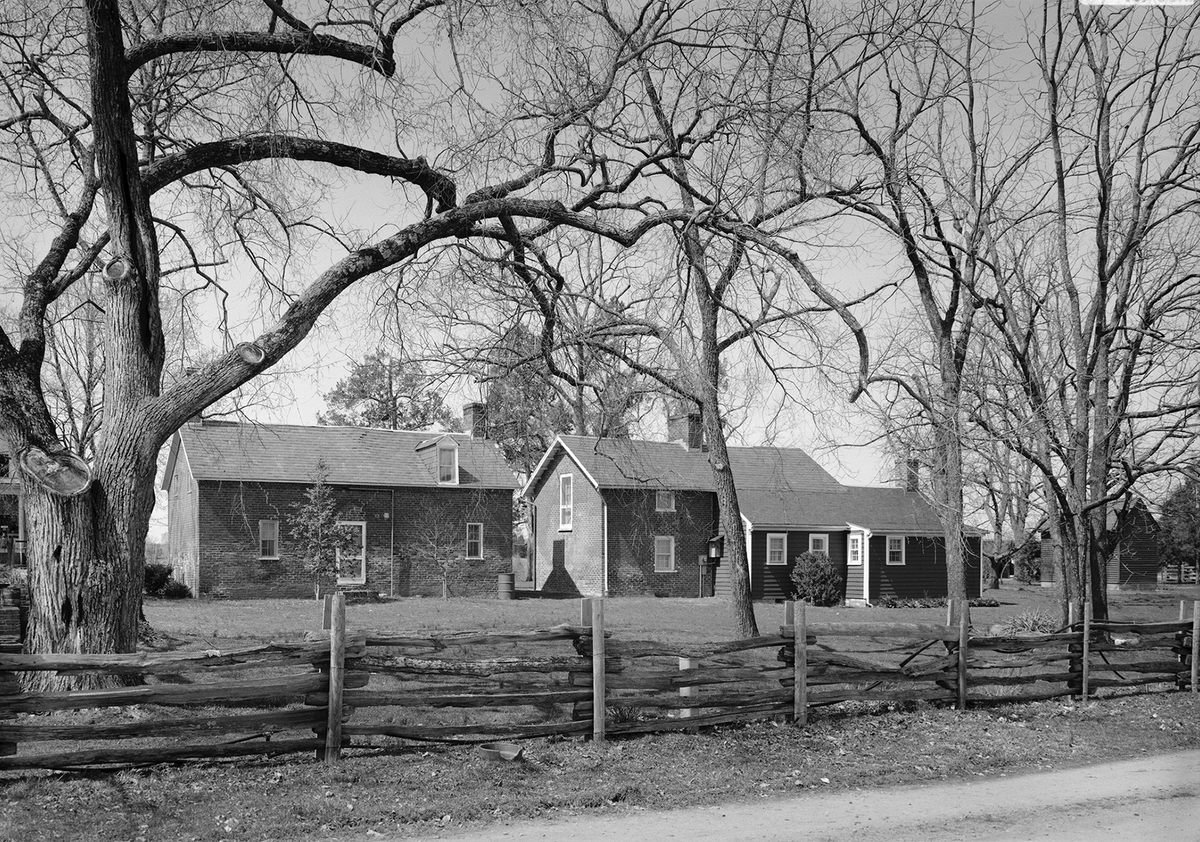
Once on site, Hill shares all the information she has about the slave house with the property’s current owner, and asks for any artifacts they might have from the building. Then she’ll walk around the site, taking photographs and measurements, noting GPS coordinates, and sketching what she sees.
The first thing you notice when you walk inside a slave house, she says, is the size. “The ceilings are low, there are [very few] windows, and it’s stuffy, without much sunlight,” Hill says.
Many slave houses that have been converted into storage rooms or offices have modern upgrades—like plumbing or a window air-conditioning unit—that make them more bearable inside. In the ones that don’t, the air feels thick, stagnant, and trapped.
After visiting hundreds of sites, Hill has been surprised by the quality of construction she’s found: It’s better than she anticipated. “We’ve been taught and conditioned to think that these structures were poorly built,” she says.
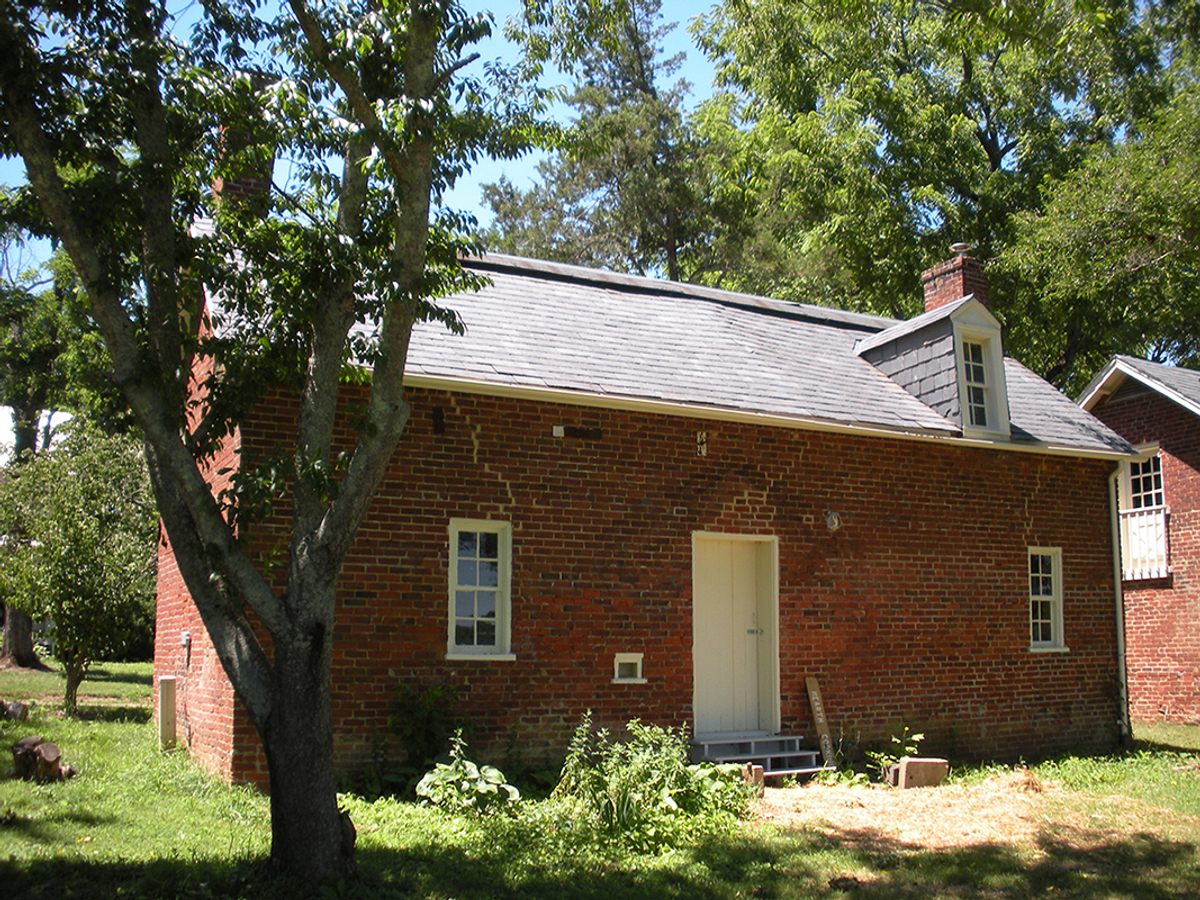
Hill often sees slave houses referred to as shacks or huts—pejoratives contradicted by the fact that many are still standing centuries after they were built. (She does note, however, that scores of slave houses have not survived.) According to Hill, many enslaved people were skilled carpenters, responsible for building not just their own homes but also the grand mansions that housed the people who enslaved them. Though given limited tools and resources for their own dwellings, they built their houses as sturdily as possible. “It was one of the ways they were resisting slavery.”
Several former slave dwellings that Hill has visited are now bed-and-breakfasts, which Vargas says are most prevalent along the Mississippi River in Louisiana. Some of these B&Bs are up front about the history of their rooms, though often euphemistic in their presentation. In Louisa, Virginia, for instance, the owners of the Prospect Hill Plantation Inn named the rooms after former enslaved occupants. The description for “Uncle Guy’s Loft,” which goes for $165 to $215 a night, reads: “Originally the sleeping quarters for fifteen field-hands, this private upstairs room … is both cozy and quaint, while still feeling roomy and relaxed.”
Other B&Bs are less forthcoming. In New Orleans, B&W Courtyards offers a Barbados-style beach house in a slave house, which the B&B describes as “old servants quarters.”
“I have mixed feelings about how the buildings are used,” Hill says. But she’s quick to point out that when a building is being used—however it’s being used—it’s also being preserved. Vacant or abandoned buildings deteriorate over time—a surefire route to eventual demolition.
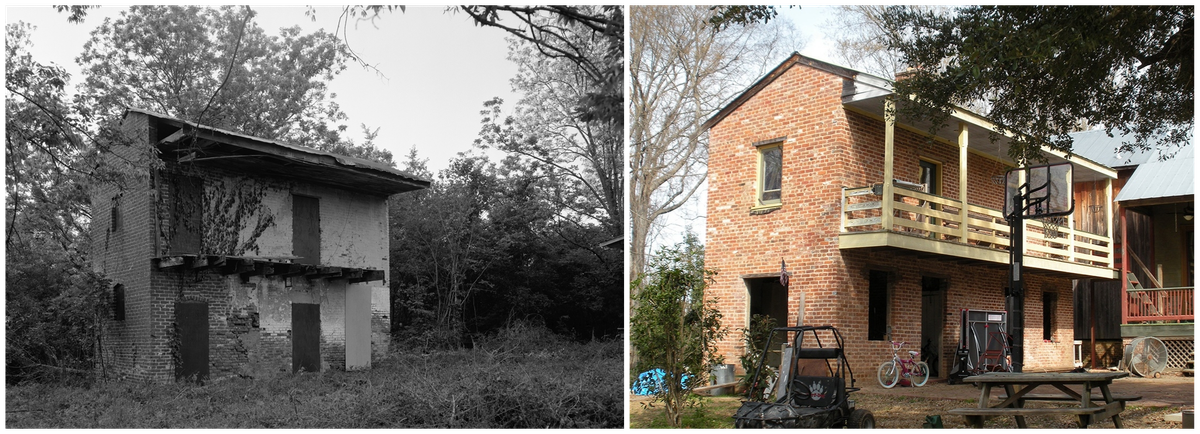
Many of the 485 slave houses that HABS documented in 1936 have disappeared in the years since, and Hill knows there may be many more undocumented dwellings out there. So many of the homes were replaced long ago with something unrecognizable—like the plot in Macon, Georgia, that’s now the Bibb County Tax Commissioner Service Center.
Other times, the buildings disappear soon after she sees them. Hill visited the ruins of the Greenhill Plantation in Campbell County, Virginia, several times between 2014 and 2017. “Each time we went out there, one more building had disappeared, eaten up by the trees.”
Though its scope is expansive, Saving Slave Houses isn’t Hill’s full-time job. She still works in preservation architecture, and has served as the architect for the reconstruction of several slave houses that were demolished long ago at James Madison’s Montpelier and Thomas Jefferson’s Monticello.
At Monticello, Hill reconstructed a 12-foot by 14-foot cabin with walls a foot thick, where the enslaved John and Priscilla Hemmings once lived. The house was furnished according to a description given by Thomas Jefferson’s great-great granddaughter, who remembered a bed, a table, and a shelf. “One comment we got [from visitors] was, ‘This wasn’t so bad,’” Hill says.

That sentiment is part of the problem. As Hill sees it, the task of reconstructing enslaved spaces often puts interpreters in a bind. Though furniture or decorations inside the houses accurately represent the small comforts enslaved people created for themselves, visitors often conflate that with a rosier experience of slavery than actually existed. “The credit should go to the enslaved community making life better for themselves,” Hill says. “Not to the institution of slavery.”
Since 2012, Hill has documented approximately 700 buildings at more than 140 sites in six states. In 2017, a new trove of slave narratives was digitized at Southern University and A&M College in Louisiana, representing 229 stories from 17 states. Hill has been poring through these narratives to identify building descriptions that will help her match slave houses with the people who might have lived in them. She’s also scheduling new site visits, with a special focus on Alabama, which has more than 100 HABS-documented houses.
Despite the painful histories behind slave houses, Hill says that visiting them is not a painful experience for her. “The slave-owners didn’t want these buildings to survive, and the fact that they do is credit to the enslaved people,” she says.
McGill agrees. “It’s important to acknowledge and save these buildings that can help tell the stories of enslaved ancestors,” he says. “It’s a story that’s been neglected for so long.”
Sometimes, standing in houses that haven’t been remodeled or repurposed, Hill can detect traces of the people who once lived there. At Roseville Plantation near Aylett, Virginia, she visited a kitchen that had a loft upstairs, where enslaved people would have lived. She saw that a hole had burned into the floorboards of the loft, perhaps from a hot ash that escaped a fire unnoticed while a family was sleeping. She marveled at the mark—at how the small, flammable structure could easily have been burned down. And the sheer luck that it was not.
You can join the conversation about this and other stories in the Atlas Obscura Community Forums.
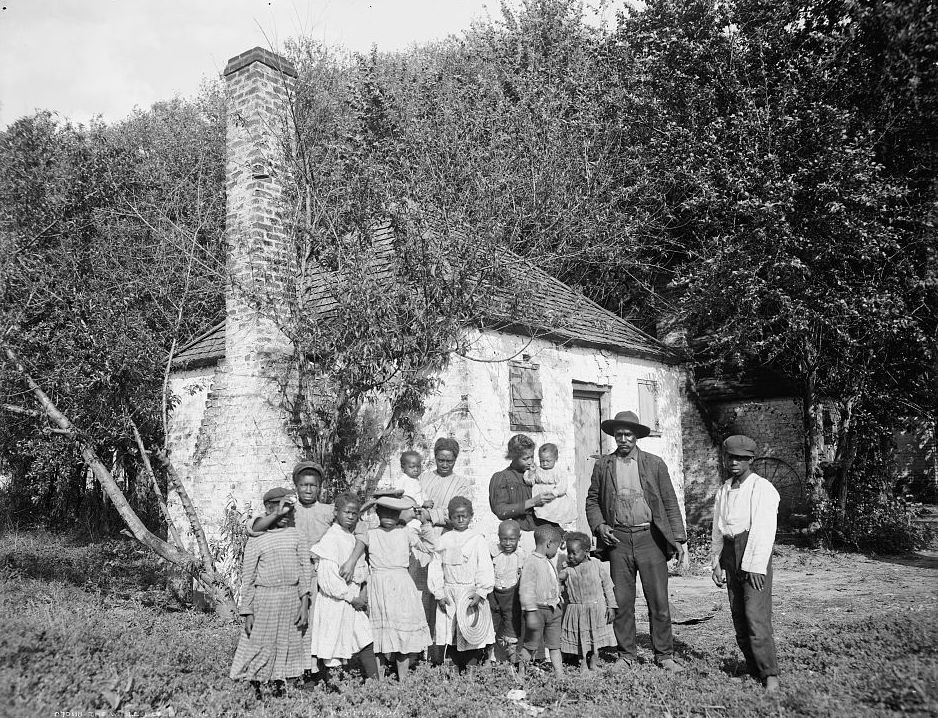

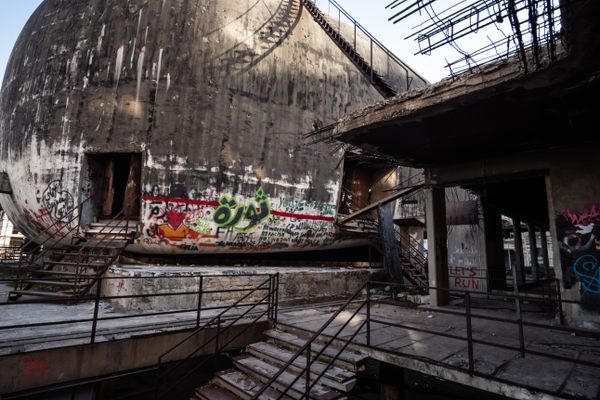

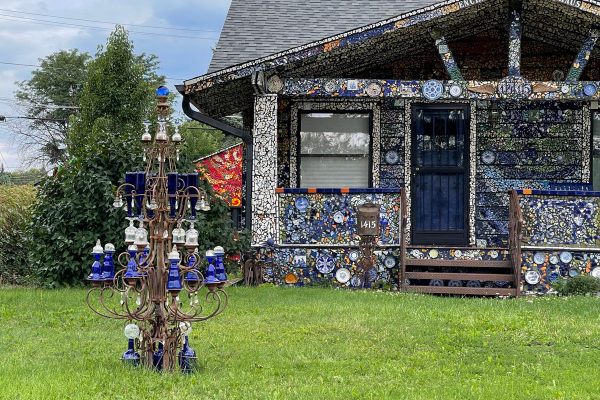
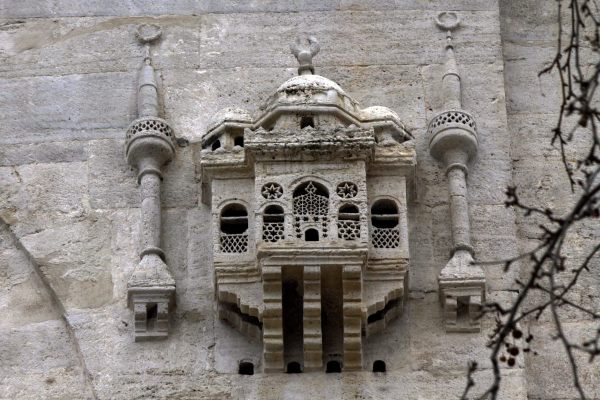



















Follow us on Twitter to get the latest on the world's hidden wonders.
Like us on Facebook to get the latest on the world's hidden wonders.
Follow us on Twitter Like us on Facebook